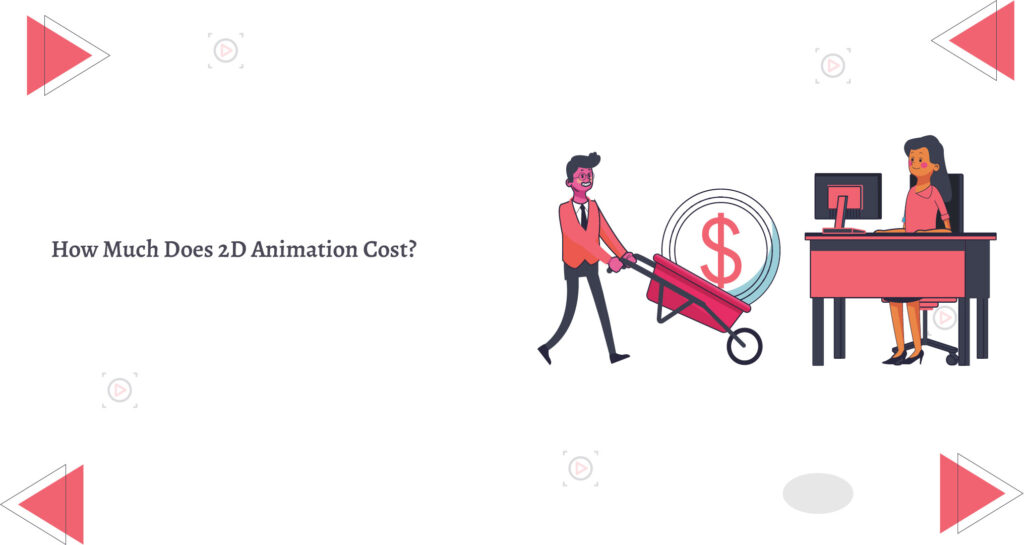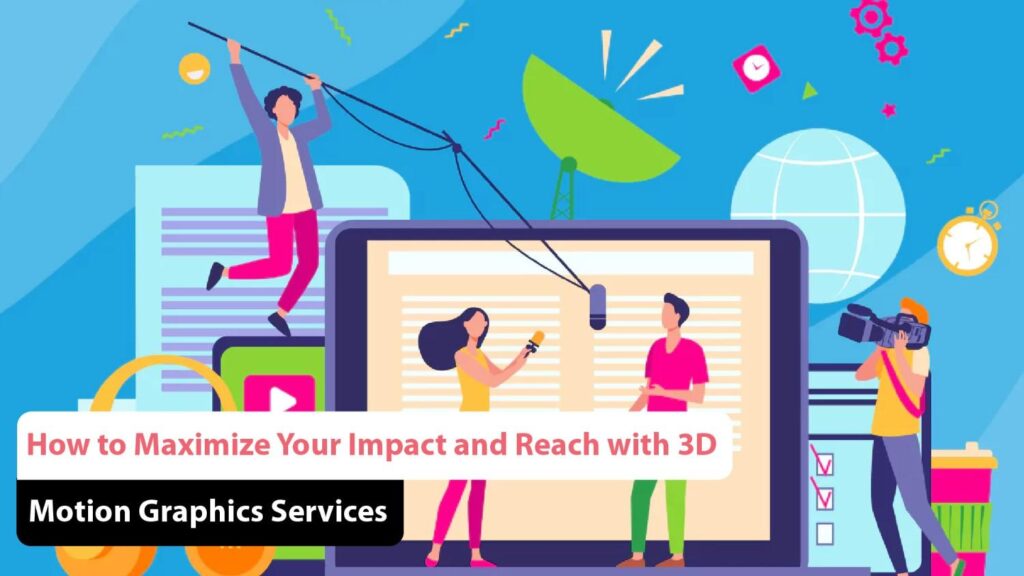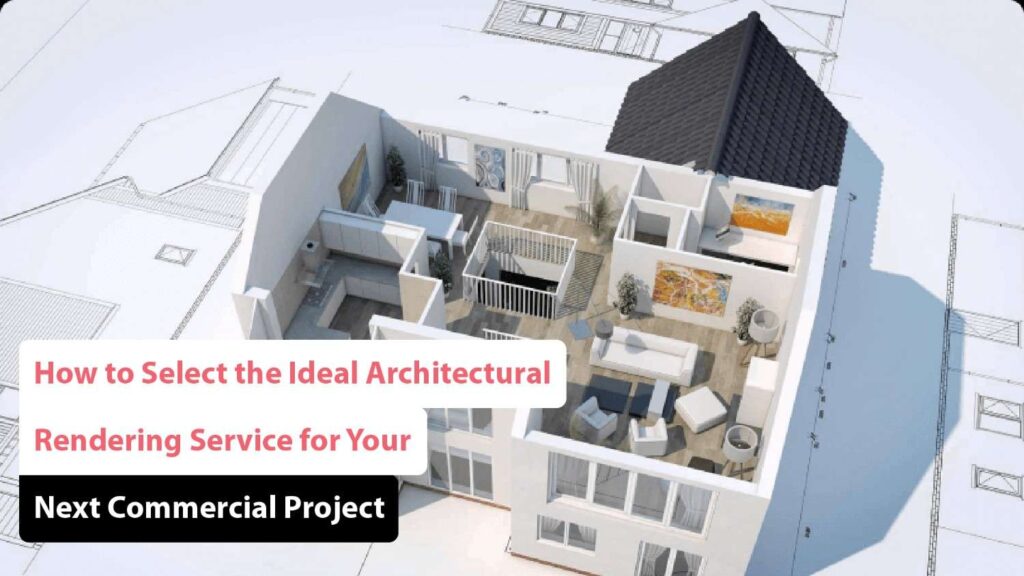How Much Does a 3D Animation Cost? + Production Pricing Guide & Key Factors
While 2D animations have become commonplace, 3D animations are rapidly gaining traction, becoming increasingly popular and accessible. However, before embarking on a 3D animation project, a crucial question often arises: “What does a 3D animation cost?” The cost can range anywhere from $15,000 to $50,000, depending significantly on the project’s complexity and the production studio you choose. In this blog post, we’ll explore a detailed breakdown of 3D animation costs, key pricing factors, the different pricing models, and the cost range for each stage of the 3D animation production process. We’ll also delve into how various elements, such as animation style, length, and level of detail, can influence the final price. By understanding these factors, you’ll be better equipped to plan your budget and make informed decisions for your 3D animation project. Whether you’re a newcomer or an experienced creator, this guide will help you navigate the financial aspects of 3D animation with confidence. Additionally, we’ll offer practical tips for optimizing your budget without compromising on quality, ensuring you get the most value from your investment. How Much Does a 3D Animation Cost Per Minute? The cost of 3D animation generally falls between $15,000 and $50,000 (€14,500 to €48,500) per minute, with the price varying based on the art style and the complexity of the project. This pricing can be divided into two main categories: Understanding these categories can help you better estimate your budget based on the desired quality and complexity of your 3D animation project. Read More: 3D Animation Cost Per Minutes Understanding 3D Animation Pricing: Real-Life Examples and Insights 1. Tak Steak: Innovative 3D Animation for Commercial Success “Tak Steak” is a 3D commercial animation developed by Animotions Studio with a production budget of approximately $25,000 (€24,000). This budget encompasses a comprehensive range of services and elements required for the project. Specifically, it includes the creation and animation of 4 distinct characters and 3 detailed environments. Additionally, the budget covers a full suite of production tasks, including: 2. Arabic Unlock: Captivating 3D Explainer Video Solution “Arabic Unlock” is a 3D explainer video produced by Animotions Studios with a budget of around $9,000 (€8,500). This budget includes the development of 8 characters and a single environment, along with additional crowd elements to enhance the scene. The production process covers a wide array of tasks, including: To receive an accurate estimate for your 3D animation project, it’s essential to share your vision, specifications, and requirements with our team. By understanding your unique needs, we can provide a customized quote that aligns with your project goals. We invite you to schedule a call with us to discuss your project in detail and receive expert recommendations. We look forward to connecting with you! Top 3D Animation Budget Ranges What to Expect and How to Plan Let’s delve into the budgets and production costs of several notable 3D animation films to understand the financial investment required for high-quality animation: These figures illustrate the significant investment involved in producing top-tier 3D animation, highlighting the correlation between budget and the quality of animation achieved. Each film’s cost reflects the resources required for character development, environmental design, and the overall creative effort needed to produce visually captivating content. How Much Does Each Stage in the 3D Animation Pipeline Cost? In the 2D & 3D animation pipeline, there are three primary stages: pre-production, production, and post-production. Each stage encompasses its own set of steps and distinct processes. It’s also important to recognize that these processes can differ based on the specific practices and workflows of various production teams. Understanding each stage in detail can help ensure a smoother workflow and more efficient project management. Additionally, clear communication with your animation team can align expectations and enhance the overall quality of the final product. Step 1: The Detailed Pricing of Key Steps in Pre-Production The pre-production phase is a foundational stage in creating 3D animation, encompassing scriptwriting, storyboarding, animatics, and concept art. Understanding the costs associated with each of these elements can help you budget effectively and set clear expectations for your project. Here’s an in-depth look at the typical pricing for these crucial steps: Step 2: Detailed 3D Animation Production Pricing List and Guide Once pre-production is complete, the focus shifts to the production phase, which involves character and environment design, animation, lighting, and rendering. Here’s a closer look at the components and associated costs of this stage: Services Costs (USD) Costs (EUR) 3D Character Design Cost $1,500 – $5,000 €1,400 – €4,800 3D Environment Design $1,500 – $5,000 €1,400 – €4,800 3D Animation (per minute) $1,000 – $5,000 €950 – €4,800 3D Lighting (per environment) $200 – $800 €190 – €760 3D Rendering (per minute) $500 – $2,000 €480 – €1,900 2D Animation (per minute) $800 – $3,500 €760 – €3,300 Whiteboard Animation (per minute) $600 – $2,500 €570 – €2,400 Motion Graphics (per minute) $700 – $3,000 €660 – €2,850 Visual Effects (per project) $1,000 – $4,000 €950 – €3,800 Storyboarding (per project) $500 – $1,500 €480 – €1,400 Step 3: The Pricing of Post-Production Services The final stage in the 3D animation process is post-production, which includes compositing, editing, music, and sound effects. This phase is crucial for refining your animation and enhancing its overall impact. Here’s a breakdown of the costs associated with each component: What Are the Typical Costs and Factors of Hiring a 3D Animator? When hiring 3D animators on Upwork, Freelancer, and GURU you’ll find a range of rates depending on their experience level and expertise. Here’s a detailed breakdown of the typical hourly rates you can expect: 3D Animation Production Hourly Rate and Costs Typical Hourly Rates for 3D Animation Services: The costs for various 3D animation services can vary significantly depending on the region and the complexity of the work. Here’s an overview of the typical hourly rates for key 3D animation services: Different Types of Animation Pricing and Cost Factors Cost Estimates for Commercial and Explainer Animations: The cost of animation projects can vary widely






